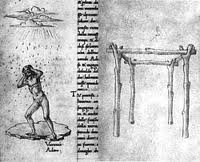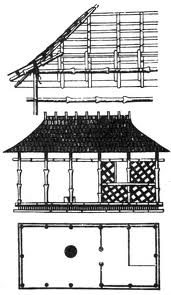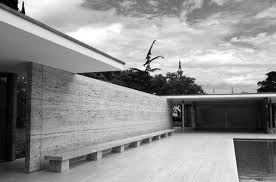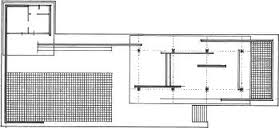babyvitruvius: Meet and Greet
by babyvitruvius
“Men first felt necessity, then look for utility, next attend to comfort, still later amuse themselves with pleasure, thence grow dissolute in luxury, and finally go mad and waste their substance” -Giambattista Vico, New Science, 241 (1744).
Who, the reader might well ask, is “babyvitruvius”? How can a long-dead architectural theorist—the mustiest, most pedantic, and unquestionably most difficult to understand of all architectural thinkers before the 20th century—be an infant, that cuddliest (and loudest) of newborns, crawling before the readers’ astonished eyes, to greet him or her with an unfeigned, because unfeignable, freshness of vision? The answer lies, as Hamlet once observed, where madness lies. For isn’t architecture a kind of divine madness made by human beings?
A constructive mania linked at some fundamental level with a theoretical folly—a mad desire for theory? A desire for the solidity of structure which always eludes the speculative theoretician of forms, a “structuring” of discourse that always sets itself at an impossible distance from any material realization? Isn’t architecture, moreover, intrinsically caught up with that specific kind of madness which perennially inaugurates the search for origins? And what, you may ask, is this search? And what stands at its origin?

Vitruvius thought architecture (as well as society) arose when, during a tempest, lightning struck a tree, setting it ablaze—a fire that, in some obscure way, would last for eternity, burning in the back of our collective minds; and this is precisely because, according to the Roman theorist, the astonished multitudes of barely dressed “primitives” gathered round, creating the first hearth and—poof!—the first architectural enclosure. Filarete’s memorable illustrations, which date to the middle of the fifteenth century, serve the purpose of giving a new visual form to this particular myth of Vitruvian origin, a fable which proposed that the first primitive hut saw architecture clothe the nudity of earliest mankind in a potent dream of primitivism. This dream has remained one of architecture’s fundamental attitudes, one of the indelible foundations of its disciplinary self-consciousness, hence making it a “foundational discourse” which is at the same time an analytic of foundations.

Not to be outdone, at the dawn of the Enlightenment the Abbe Laugier maintained that trees themselves, in their natural state, provided the first architectural shelter: in this way he invented the first idea of naturalized structure, found directly in situ, in an implicit gloss on Vitruvius. And didn’t Gottfried Semper in the 19th century, when reconstructing the “Carib Hut” in the Great London Exhibition of 1851, and Mies in the 20th, with the Barcelona Pavilion, provide increasingly abstract and pared down evidence of the undying fascination for pristine beginnings shared amongst architects, theorists and practitioners alike.



The hunger for origins that is the hunger of Vitruvius, or better yet, the Vitruvian impulse for firstness, is thus an infantile discourse, a desire to return to the architectural womb, which is also, mutatis mutandis, a process of return that is more Freudian than Freud. It also offers a backwards glance more securely fastened upon the future than even a Benjamin could surmise when detecting the archaic in the most modern productions of our precarious, if much-praised “technological civilization.”
From the perspective offered here, the essential thesis of babyvitruvius—to see Vitruvius as a baby, rather than as a somewhat hoary, or nearly senile ancient Roman adult male—appears to be quite apt, since it returns architecture—and us along with it—to the infancy of humanity. Long live Vitruvius! He can never die, as he is constantly being reborn: in the end, it does not matter how pedantic, how incongruous, how ludicrously backward or simply beside the point his musings about origin may ultimately prove to be. For Vitruvius, the original topsy-turvy thinker, to go back is to go forward, and to go forward is to go back.
The first building in “forsaken edifice” babyvitruvius will look at will be posted next week. This week merely serves to introduce him in his theoretical cradle, and hopefully, the kind reader will not throw this particular child out with that dirtiest, most contaminated of bathwaters—that of architectural theory.